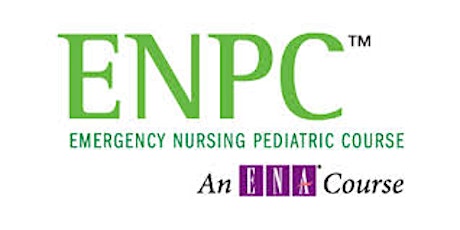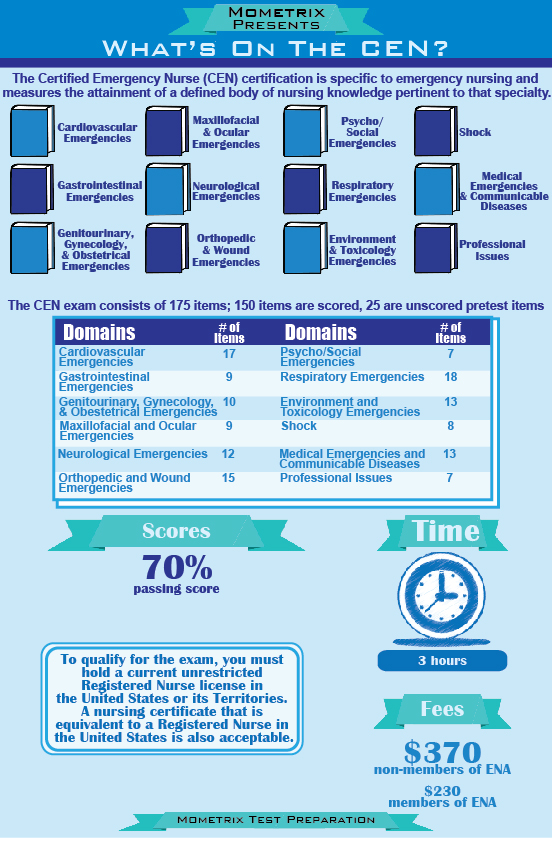File Type PDF Enpc Study Guide Core Curriculum for Pediatric Emergency Nursing Fast Facts for the Triage Nurse Children represent a special challenge for emergency care providers, because they have unique medical needs in comparison to adults. For decades, policy makers and providers have recognized the special needs of children, but. Tncc instructor study guide - documentlib pdf document tagged with tncc instructor study guide. User guide pdf categorized in tncc instructor study guide PDF Honda Gx270 Service Manual Ut2.pdf 2018 enpc study guide - free download - Books related to 2018 enpc study guide, get it free in ebook format: 2018 enpc study guide EdanEbook.Pub.
ENPC Practice Test Answers
01. A 15-year-old with a history of schizophrenia is taking risperidone (Risperdal) and lithium (Eskalith). She presents with dystonia, akinesia, a shuffling gait, muscle rigidity, and tremors. What does the nurse suspect is the cause of these signs and symptoms?
a. Extrapyramidal symptoms
b. Tardive dyskinesia
c. Neuroleptic malignant syndrome
d. Serotonin syndrome
02. Which of the following burn injury patterns and history indicates suspected child maltreatment?
a. A 5-cm (2-inch) linear, superficial partial-thickness burn with irregular edges on the leg of a preschooler, reportedly from touching a curling iron left on a low table
b. A deep partial-thickness, sharply demarcated burn on the buttocks of a toddler, reportedly from the child turning on the hot water while in the bath
c. A 2-cm (0.75 inch) linear partial-thickness burn on the arm of toddler, reportedly from walking and bumping into a lighted cigarette
d. A partial-thickness burn with irregular edges and splash pattern on the chest and right hand of a 7-year-old reportedly spilling a bowl of soup from the microwave
02. A mother presents to the emergency department with a 6-week-old infant with no medical issues after a normal delivery, until yesterday. Mom states he has been eating poorly, vomiting, and that 'he's hard to wake up.' The infant is responsive only to painful stimuli. The anterior fontanel is bulging. He is mildly tachycardic, but otherwise vital signs are normal. What diagnostic evaluation will the nurse expect for this infant?
a. Upper gastrointestinal (GI) series
b. Skeletal survey
c. Lumbar puncture
d. Blood gas analysis
04. A malfunctioning oxygen tank explodes near a child's bed in the emergency department, resulting in an extensive burn injury to the child. Four nurses participate in the child's immediate care. Which nurse requires intervention after this critical incident?
a. One who refuses to participate in critical incident stress debriefing
b. One who readily talks about the incident and how he reacted
c. One who admits experiencing burnout and asks for a week leave of absence
d. One who is not sleeping because of dreams of the incident
05. Two ambulances collide in front of the hospital. The victims include three pediatric victims. Using the JumpSTART triage system, which category assignment will the nurse give to a 2-year-old who is lying on the ground, alert and crying with spontaneous respirations of 36 breaths/minute and present peripheral pulses?
a. Green
b. Yellow
c. Red
d. Black
Enpc Study Guide Pdf
06. An unresponsive 2-year-old child was found by his mother with a bottle labeled 'Elavil 50 mg' by his side. Which piece of information is important to obtain from his mother?
A. The size of the medication bottle.
B. The expiration date of the medication.
C. The number of pills left in the bottle.
D. The person for whom the medication was prescribe.
07. A nurse providing crisis intervention to the family of a seriously ill child can best keep the family informed of the child's condition by:
A. Placing them in a secluded room.
B. Referring to their child as 'the patient'.
C. Telling the family how they should feel.

 D. Appointing one staff member to communicate with them.
D. Appointing one staff member to communicate with them.08. A 16-month-old child was an unrestrained front seat passenger in a motor vehicle crash. The chest x-ray reveals multiple rib fractures. These findings suggest what type of injury?
A. Minor surface injury.
Enpc Study Guides Printable
B. Significant underlying injury.

C. Significant surface injury.
D. Minor underlying injury.
09. Which piece of information is most important to know prior to transferring a patient to another facility?
A. Documentation of the family's health insurance coverage.
B. Pertinent family health history.
C. Confirmation of acceptance from the receiving hospital.
D. Confirmation of a medical diagnosis.
10. A 10-year-old child who was struck by a car has a distended, tense abdomen. The child's heart rate is 144 beats/minute, respirations 24 breaths/minute, and blood pressure 120/80 mm Hg. Capillary refill is more than 3 seconds, and skin is pale and cool. The patient's signs and symptoms suggest:
A. Obstructive shock.
B. Distributive shock.
C. Hypovolemic shock.
D. Cardiogenic shock.
Ans:- 1:a, 2:b, 3:b, 4:d, 5:b, 6:c, 7:d, 8:b, 9:c, 10:c
enpc test answers enpc practice questions enpc practice test answers enpc pretest enpc questions and answers enpc study guide enpc test enpc test bank enpc written test enpc written test answers enpc 4th edition practice test answers
About ENPC
Accurate assessment of a child with acute illness or injury requires special knowledge and skills. This course, taught by qualified emergency nurses, is designed to provide the core-level pediatric knowledge and psychomotor skills needed to properly assess and implement evidence-based interventions to improve outcomes for this high-risk patient population.
Here’s a glimpse into what you’ll learn:
- The latest pediatric emergency nursing practice recommendations
- Systematic assessment and application of care
- Education that can applied to every pediatric patient you treat
- The newly released 5th Edition includes added content on dermatologic and environmental emergencies, human trafficking, food allergies and more
Course Format
A variety of learning methodologies are included to cater to every learning style, including:
- Textbook
- Online modules
- Live Simulation
- Patient experience videos
- Interactive lecture
- Electronic testing
Textbook: The newly released 5th Edition provides fundamental pediatric emergency nursing content with expanded information including dermatologic and environmental emergencies, human trafficking, food allergies and more. A valuable resource for future reference!
Online modules: Online modules with links to additional information are provided prior to the course date to let you learn at your own pace, apply what you learn and receive immediate feedback, and refer back to information at any time. The modules are a complete case study process — taking you through an entire sequence of care.
Patient experience videos: Learn from pediatric patients and their caregivers about real-life scenarios
Instructor-led classroom discussions and skills stations: ENPC is one and a half days of interactive,
Electronic testing: NEW! Electronic, open-book testing allows you to test in an environment that makes you most comfortable. No more test anxiety!
Why is ENA's ENPC the right course for you?
- Evidence-based content developed by pediatric nursing experts
- Curriculum designed specifically for nurses
- The education you learn can be applied to every pediatric patient you treat
- Course education is updated regularly as trauma care evolves
- 4-year, internationally recognized verification as an ENPC provider is earned upon successful completion
- Increase your confidence in emergency pediatric patient care
- ENPC courses available year-round at locations conveniently located near you
- Earn 18.33 contact hours of CNE
Prerequisites
- Participants must be an RN and possess a current unrestricted nursing license to receive verification
- LPNs and paramedics are eligible to attend all portions of the course except for the written and psychomotor evaluations. For this reason, they do not receive verification, but are awarded contact hours
Registration
To register, contact the course director for your preferred location. They will provide you with further registration details needed to enroll in the course. To view all available courses and locations, click here or call 800.942.0011.
- Participant seats are limited based on instructor-to-student ratios
- Course fees, times, registration deadlines and prework/pretests will vary by location
For questions about registration, please contact courseops@ena.org or 800.942.0011.
For questions about clinical content, please contact education@ena.org or 847.460.4123.
Looking to implement ENPC verification within your hospital? Contact usfor more information.
Course Materials
Emergency Nursing Pediatric Course (ENPC) Provider Manual, 5th Edition (current edition) is required for the course and is available through your course director.